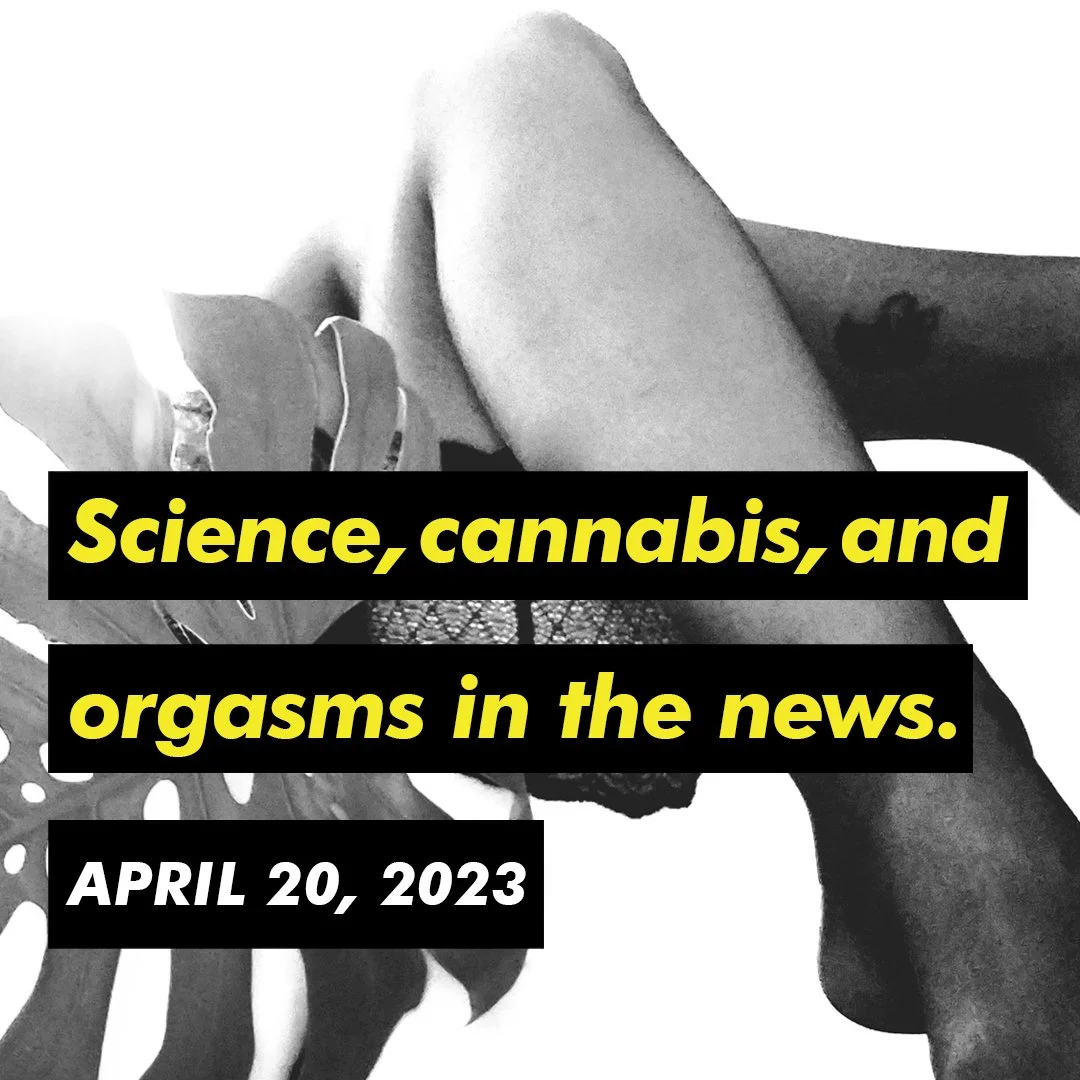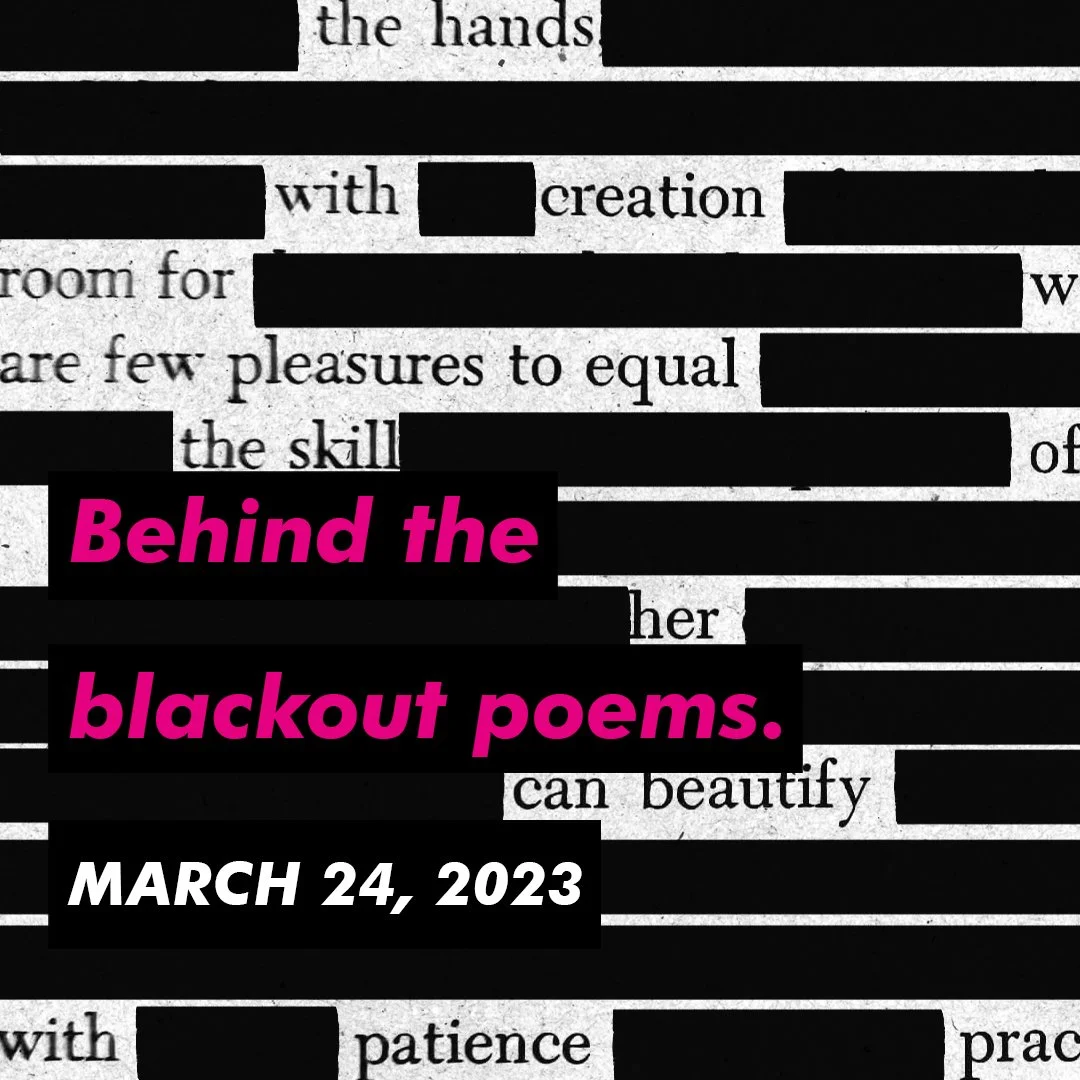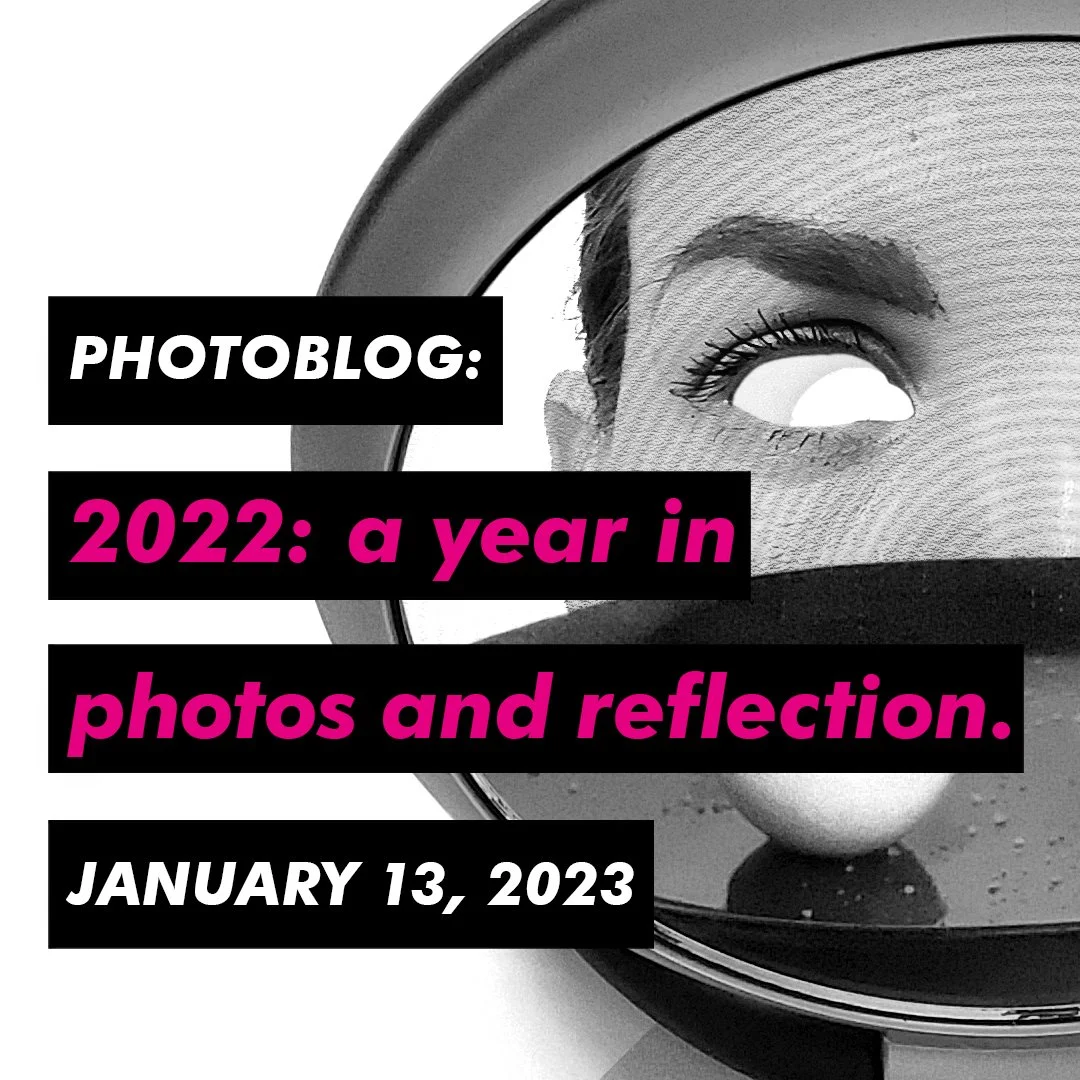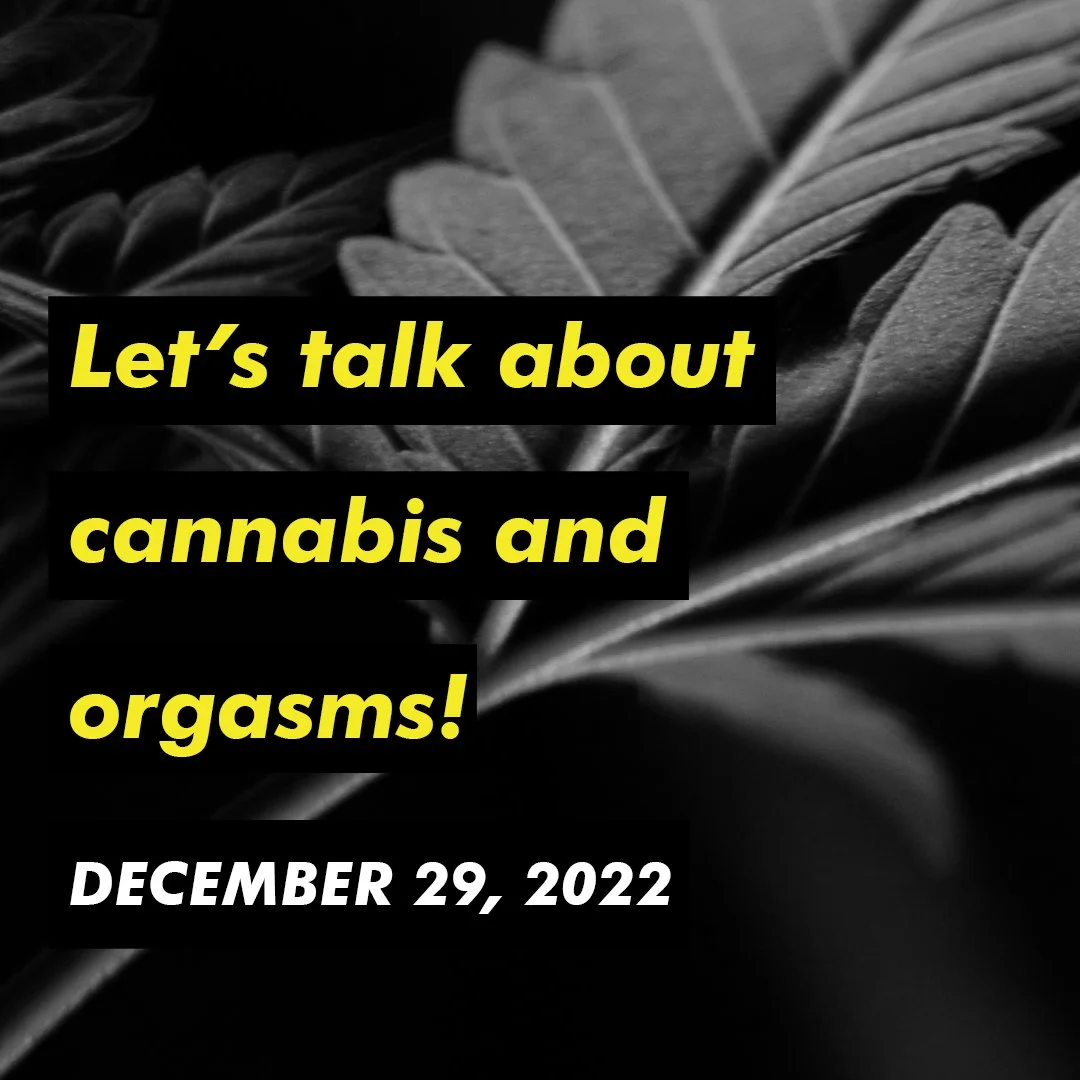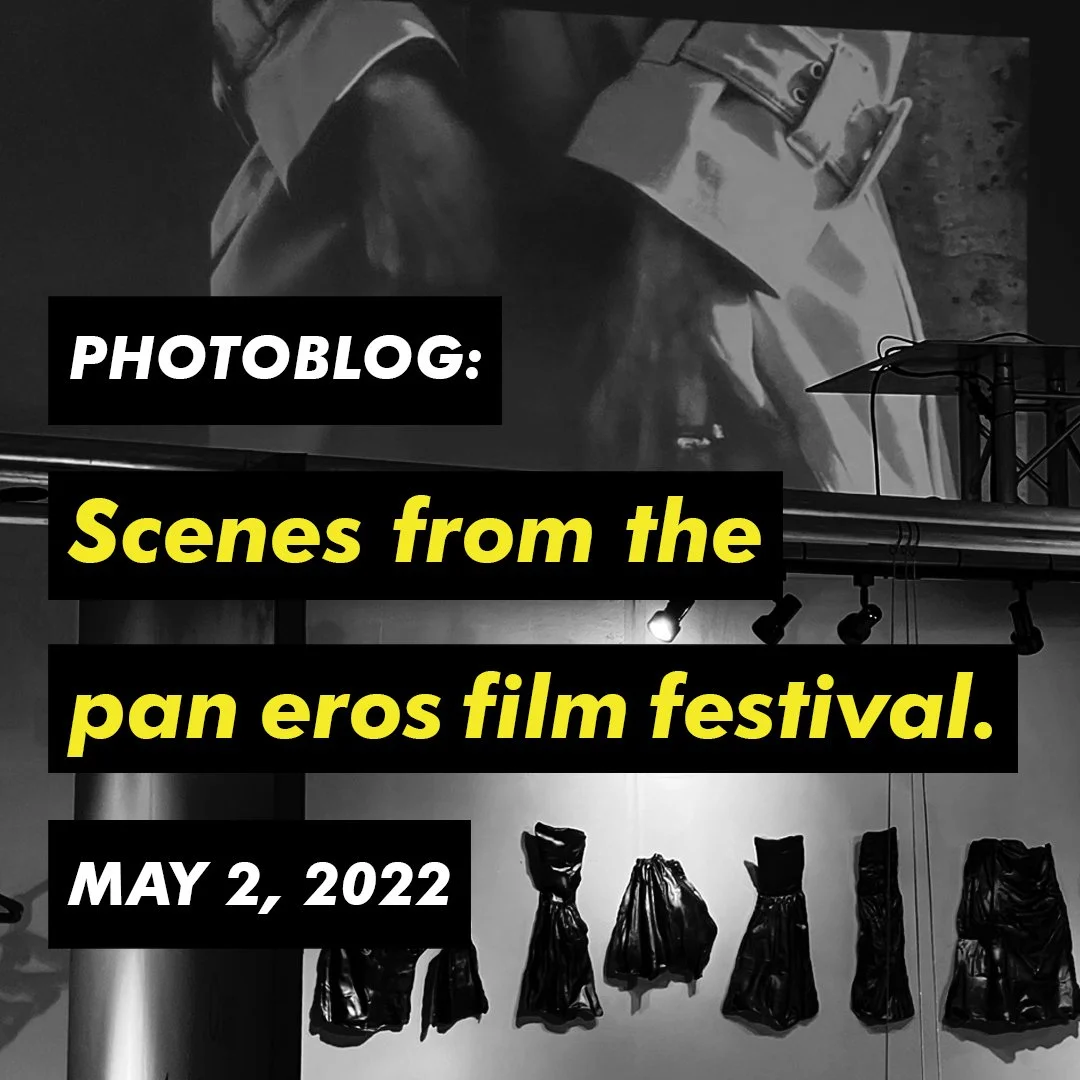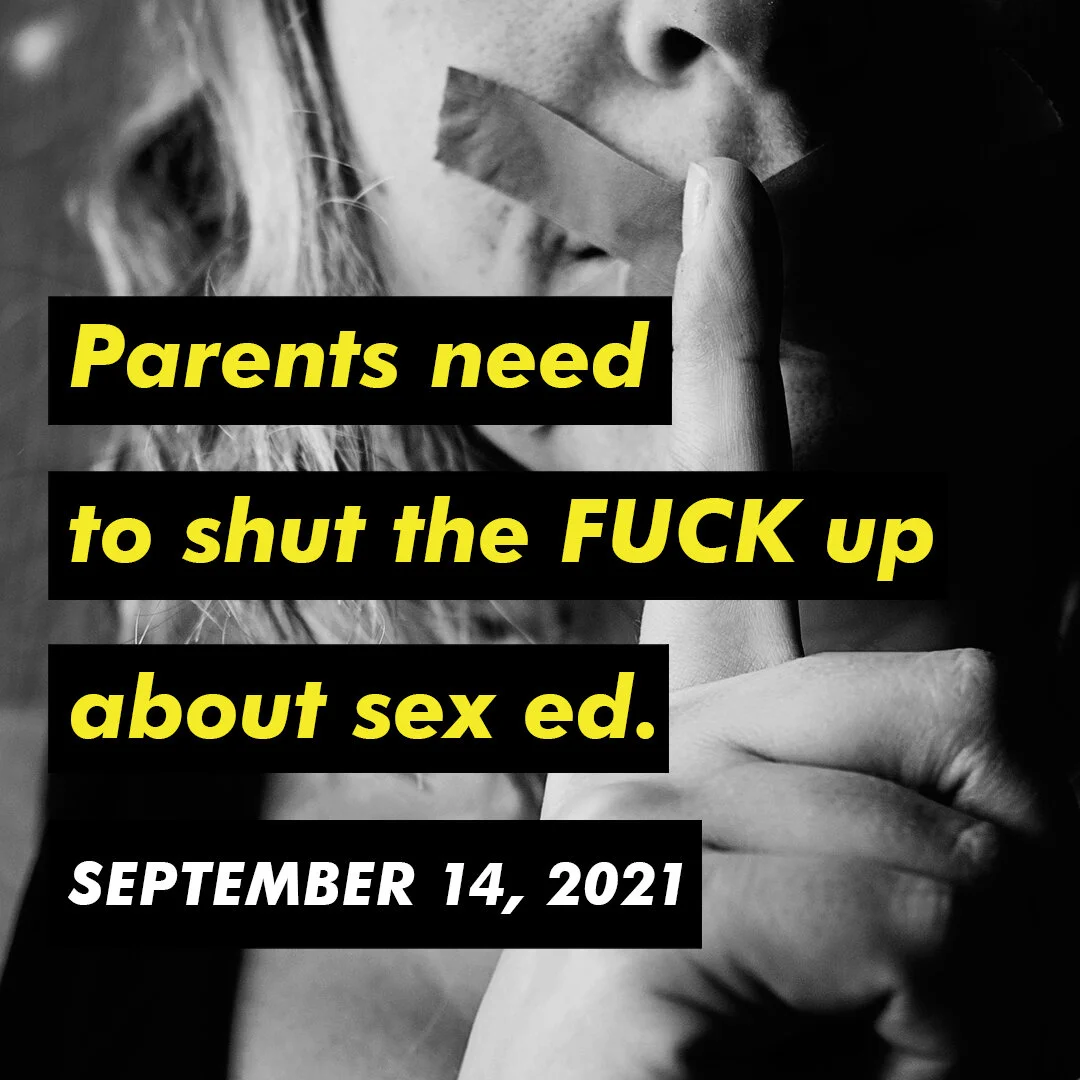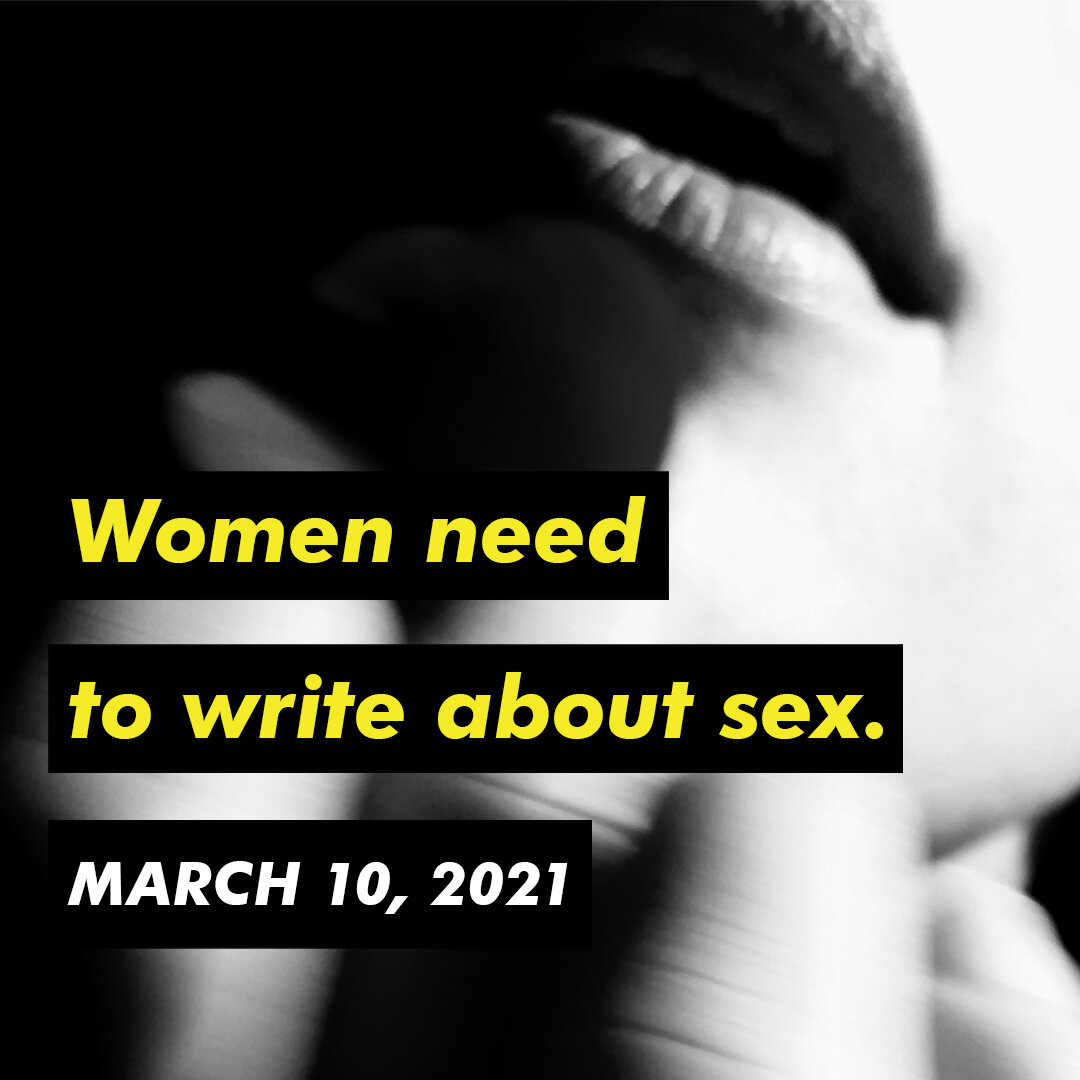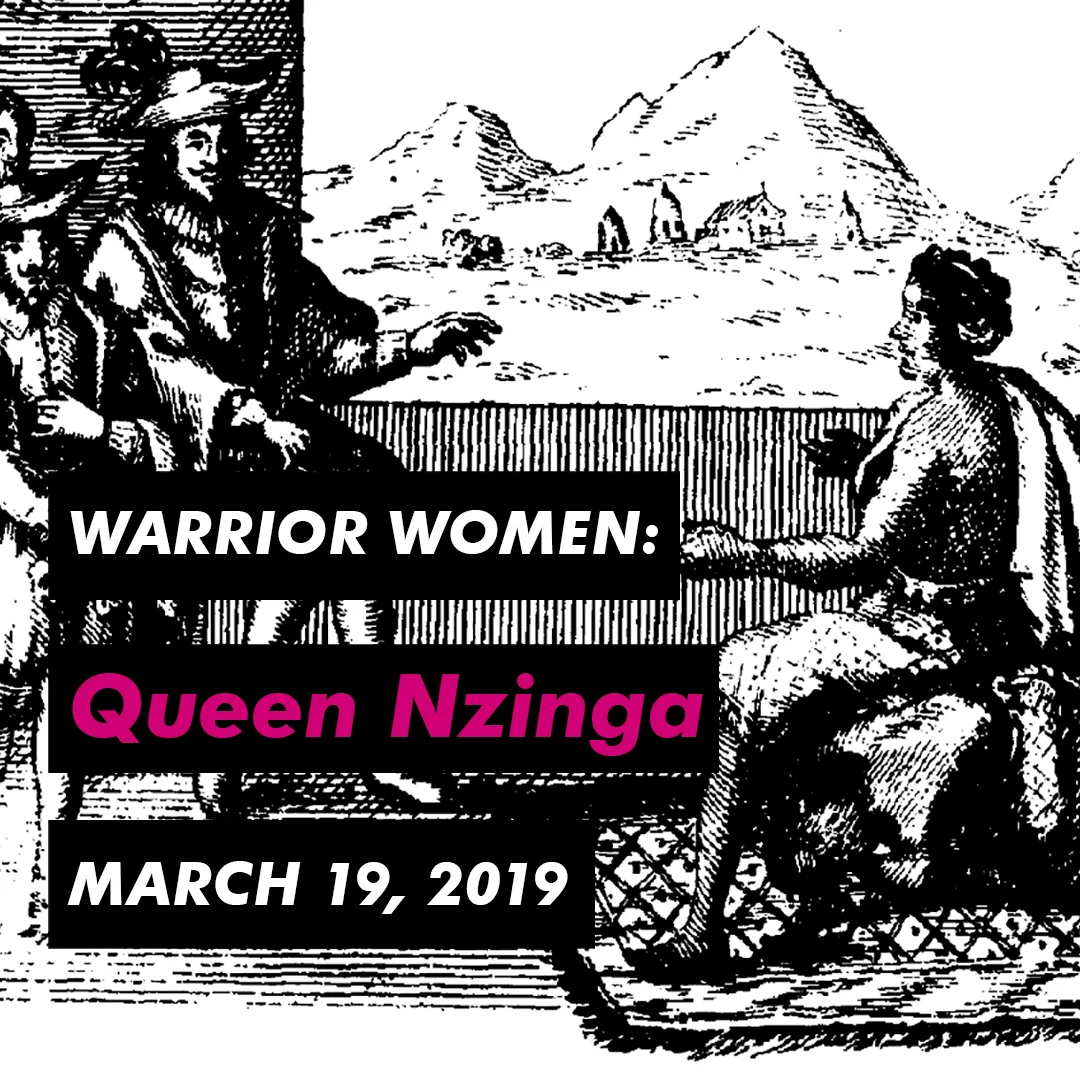Photo Credit: Wanderlust Photography ©2014-2018
the artist and his art
The New York Times reported last week that the National Gallery of Art decided to indefinitely postpone an upcoming exhibition of artwork by Chuck Close, a prominent American painter and photographer, due to allegations of sexual misconduct. Not surprisingly, art and controversy go hand-in-hand, like peanut butter and jelly, and so too, does the romanticized relationship between the Artist and his Muse. That unequal power dynamic, which has existed in this space so naturally for centuries, was sure to shatter under the weight of #MeToo.
We collectively agree that Harvey Weinstein is reprehensible. That Kevin Spacey and Louis C.K. and James Franco and the ever growing list of perpetrators are accountable for their actions, on screen and behind the scenes. There should be consequences for their actions and abuses of power. Some of the most influential artists of history have backgrounds riddled with sexual misconduct, yet their work hangs with reverence in the most prominent museums. Response by curators and museums has been mixed and lukewarm at best. The debate between separating the art from the artist continues to plod along.
They scoff, “Are we to take down the Picassos too?”... I say, “Why not?”
The art world has been predicated by the sale, objectification and even sexualization of the female form by the male artist. The male artistic perspective has controlled what we see and learn about as art. Male artists dominate the history books from the earliest inklings of cave paintings to present day. Can you name famous woman artist? If so, how many? A staggering statistic from the National Museum of Women in the Arts highlights that women artists comprise only 3–5% of major permanent collections in the U.S. and Europe. Additionally, less than 4% of the artists in the Modern Art section of New York’s Metropolitan Museum of Art are women, but 76% of the nudes are female. The male gaze and the curation of male artistic dominance has permeated every significant art movement and art venue, flourishing unchecked throughout history.
With such influence and control, how can we separate the artist from the art? Their power, their experience and their perspective is profound in everything they create.
Photo Credit: Wanderlust Photography ©2014-2018
the artist and his muse
When exploring the relationship between the Artist and his Muse, many art models have been lured by the promise of a portfolio, enamored by the reputation of a star, and seduced by the immortality of a portrait. In this context, the role of the Artist equates to that of an Employer, holding power over the Employee (the Muse and the Model). The power dynamic is clear and unequal when characterized in these terms. That contract should be treated with the professionalism like any other work for hire arrangement. Sadly, it is a dynamic which has created a fertile ground for abuse when a female body becomes nude.
My perspectives have been shaped by similar personal experiences. While serving on the board of directors for an arts organization, a male artist engaged me in conversation alone on the street immediately following a board meeting. He was much older than me and a painter of some renown in the local community. We were discussing specifics of the meeting when suddenly he pivoted - he asked me to pose nude for a series of his paintings, showering me with flattering words about my appearance and my body. I was shocked since our current discussion was one of a professional nature, unrelated to any mention of modeling, much less nudity. I politely replied that I would think about it. I was completely unprepared on how to respond to this man, an artist, and a person with a respectful position and reputation. Uncomfortable, I quickly made excuses to leave when he reached over, grabbed my arm, and pulled me in to kiss me on the mouth. Shock was replaced by horror and I exited away from the street and away from him as quickly as humanly possible. I felt ashamed and powerless as a consequence of his actions - just one of the many #MeToo moments that millions of women experience on a daily basis.
I applaud the National Gallery of Art, but let's not stop with half measures. Let's not lose the #MeToo Movement to a moment of what’s trending.
Let's not have to protest this shit again in 20, 40 or 60 years.
We can contextualize inappropriate behavior and sexual inequality as a sign of their historical time, but when a living artist is accused of sexual harassment or sexual assault, we should be keen to demand the truth and rightful accountability. A hard line needs to be drawn, not just in the sand, but in the mother fucking bedrock!
If indeed, the allegations against Chuck Close prove to be true, he should not only be denied from exhibiting, his work should be shunned, banned and removed. Artists that use their position to victimize others are shameful. Their perspectives are flawed and wrong. And yes, if Picasso was an abuser of women, perhaps he too should be scrutinized under the same lens. Perhaps his work and his contributions become less exceptional and visionary when confronted with the truth of his humanity.
If the artist's message and vision supersedes their personal conduct and we allow them a seat at the table of history, how do we answer to the abused and the victimized? As a democracy and defender of inalienable rights, how can we defend a position that elevates abuse of power?





